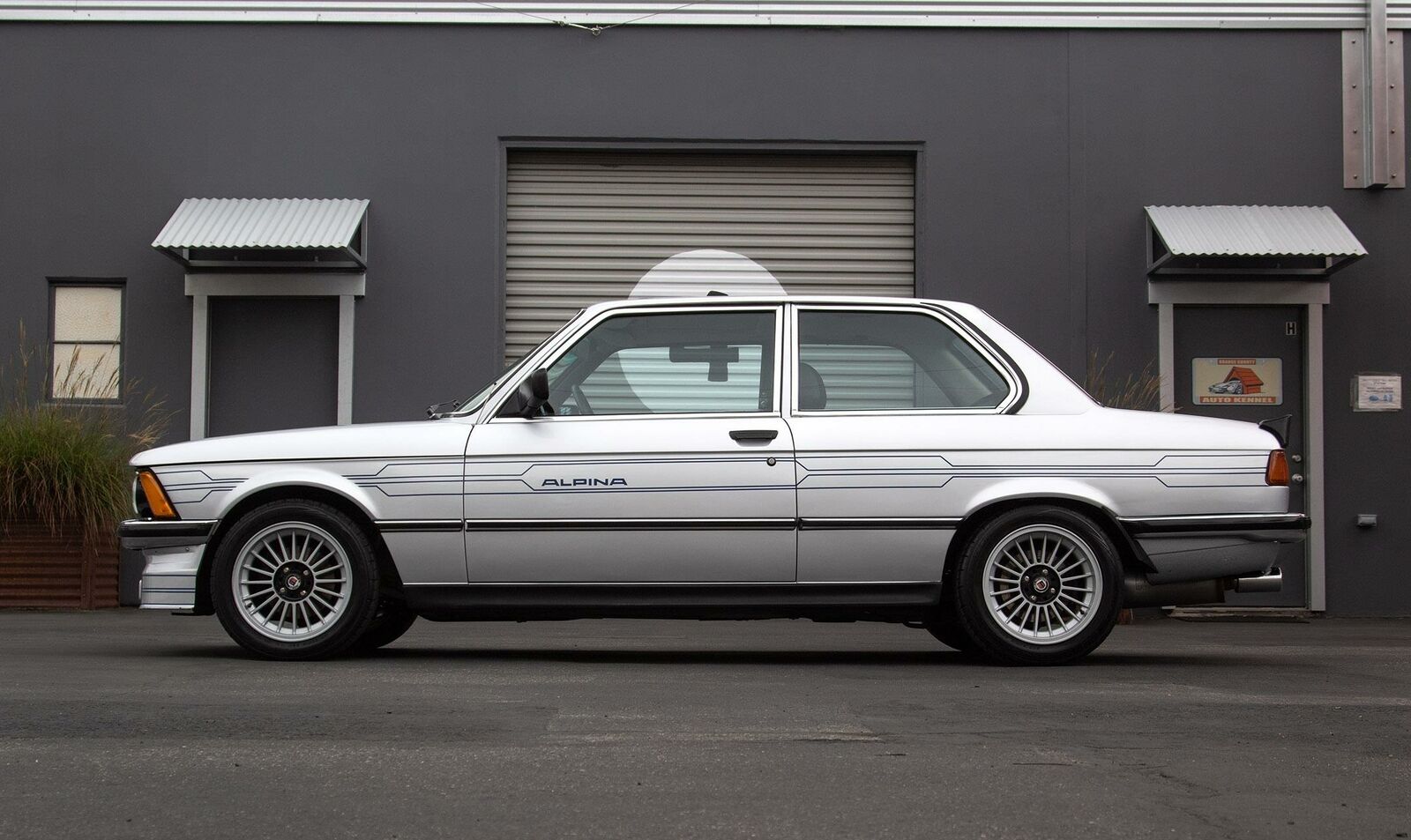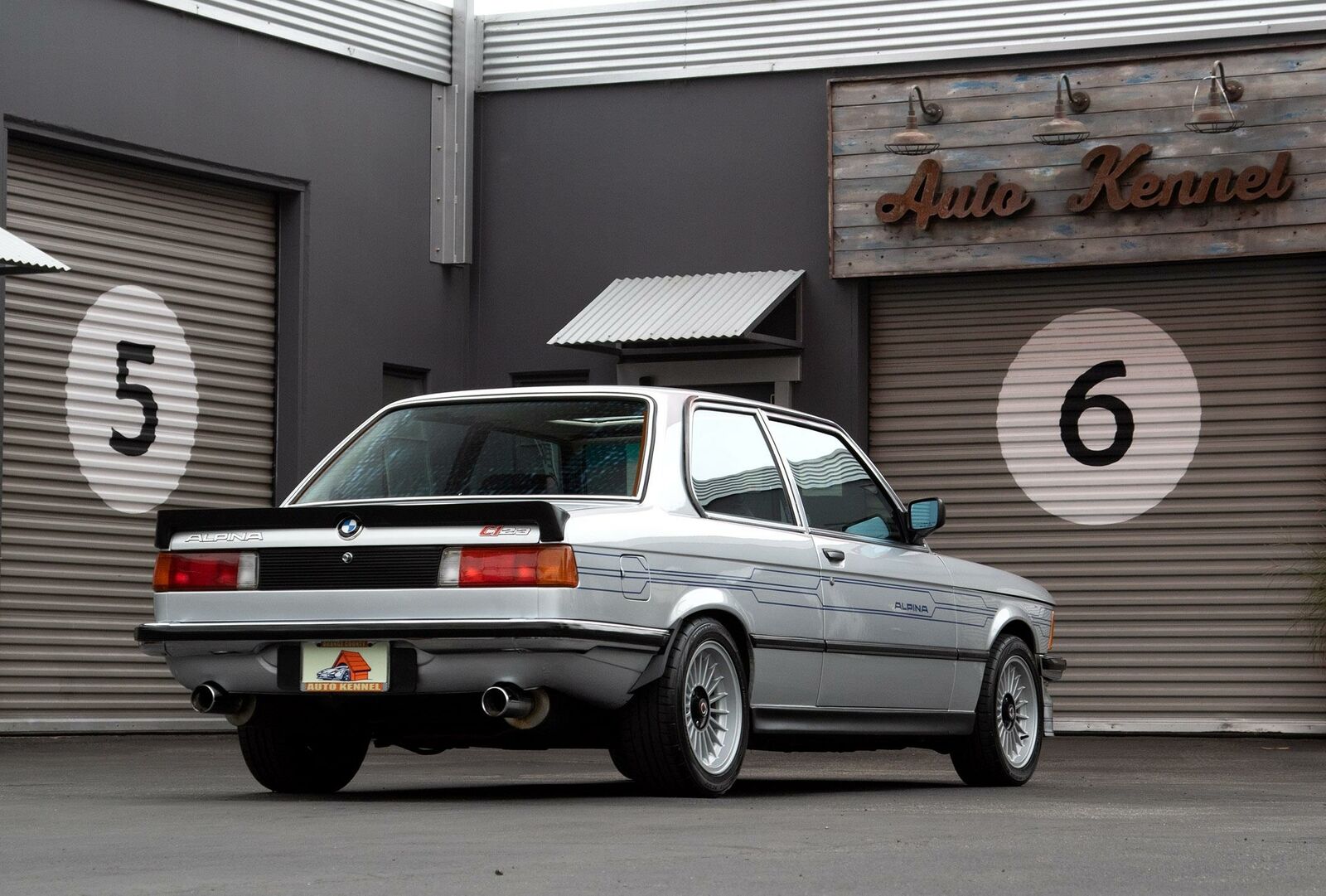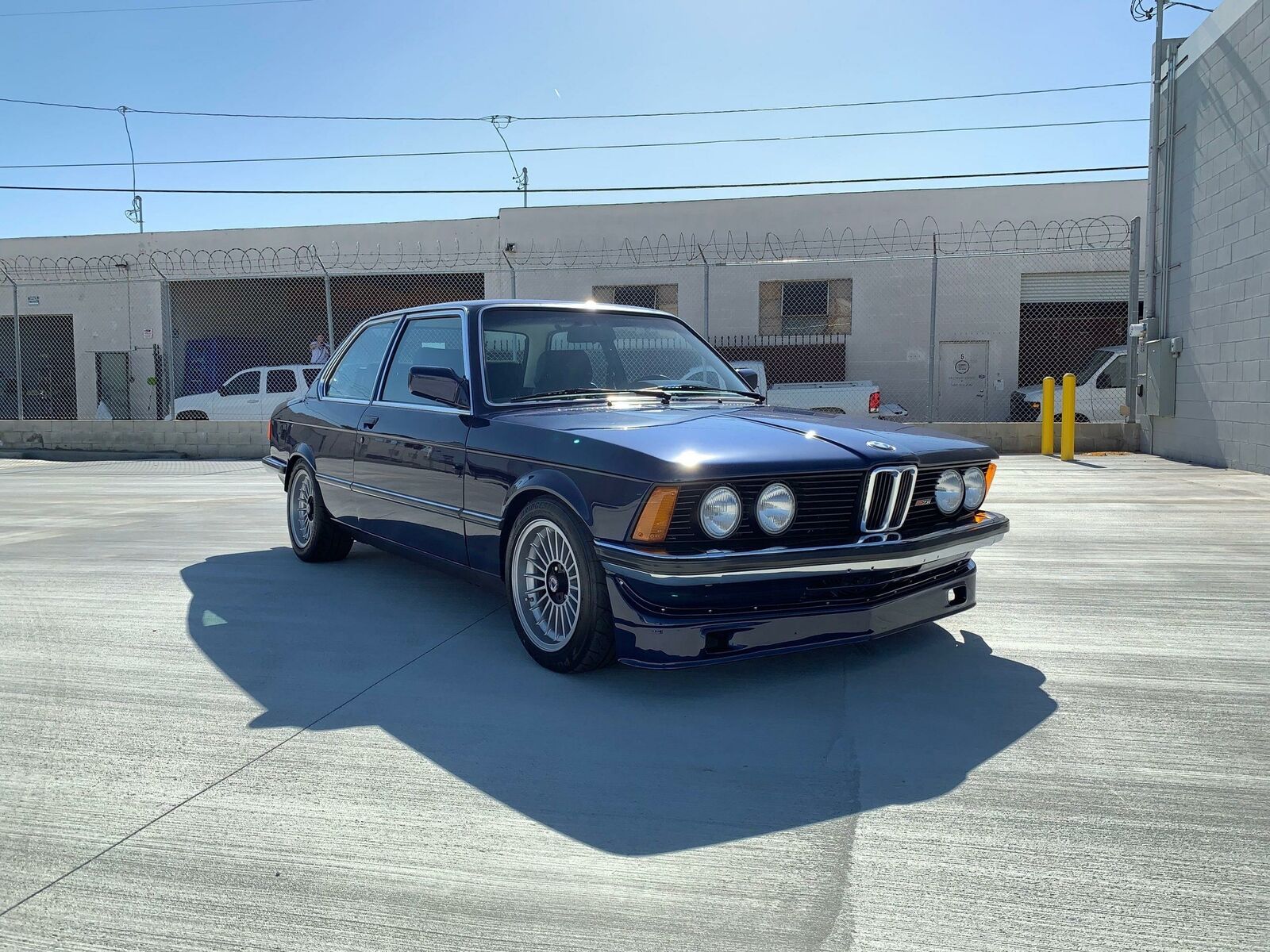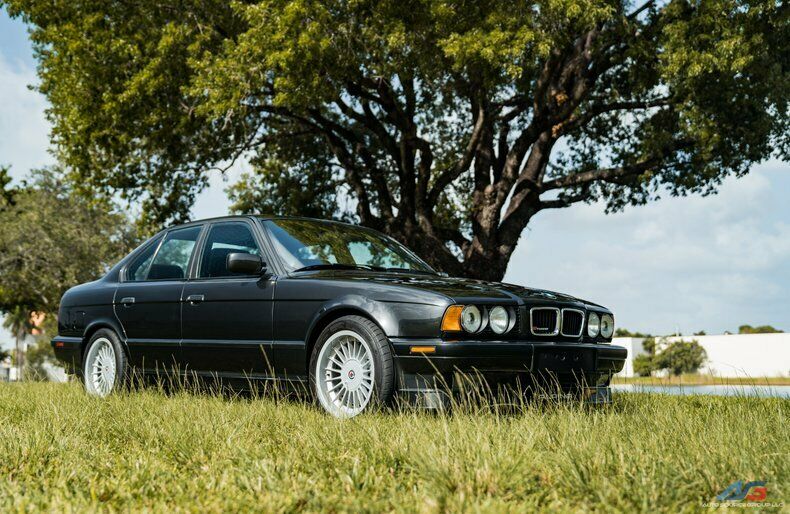Tired of outrageous G-Wagen pricing but need a huge, powerful, and ostentatious SUV in your life? BMW has the answer for you…sort of. Their Alpina partnership has now extended to the X7, and the result is what we see here – the XB7. The Alpina-tuned 4.4-liter twin-turbocharged V8 is up to 612 horsepower in these beasts, and of course they had their hand at reprogramming the transmission, fiddling with the suspension, installing their own trim, and popping on massive wheels. This one is a gorgeous color, too – Ametrin Metallic, an extra cost option. Full of electronics, a few optional extras, and grand in scale, I bet you assume that this one would be priced in line with the Gs on the market; but no, it’s a lot more affordable, surprisingly.
Category: Alpina
The E21 generally remains the affordable classic in the 1970s to 1980s BMW range, being undervalued when compared to many of the E10s and E30s. It has all the right ingredients for the BMW faithful, too – especially in little six European trim. The 323i looked like a scaled down 6-series and it effectively was, but that doesn’t make it in any way unattractive. Alpina, too, had their had in this model, producing no less than seven variants in a short run. The most popular is the bad boy B6 2.8, but there was a lesser known M20 powered C1 2.3, too. With 170 horsepower and all the right Alpina details, it’s begging for the attention that it deserves:
CLICK FOR DETAILS: 1982 Alpina C1 2.3 on eBay
3 CommentsLaunched in 1978, Alpina’s B6 model took the 2.8L inline-six out of the big brother E12 528i and stuck it into the chassis of the E21 323i. Revisions from Alpina yielded 200 horsepower; pretty impressive for the period – but more was to come, as a new induction system in 1981 cranked it up to nearly 220 horsepower. For some perspective, the ‘high-performance’ L82 Corvette cranked out 220 horsepower at the same time. Coupled with Alpina’s aerodynamic revisions, improved suspension, and awesome turbine wheels – not to mention some fantastic interiors – it’s no surprise that these were popular; at least, by Alpina standards. The company sold over 500 of the model, though they’re relatively hard to find today. Today’s beautiful ’79 is number 66 of the run, and for good measure it’s been turned up more than a few notches.
CLICK FOR DETAILS: 1979 Alpina B6 2.8 on eBay
7 CommentsThe Alpina B6 continued from the E30 generation in the new E36 chassis in 1991, while the last of the prior generation cars were still in US showrooms. Alpina took the basic M50 and shape of then-top-of-range 325i and upped the ante; they bored the displacement to 2.8 liters, stuck Mahle pistons, a special exhaust, Bilstein shocks, 17″ wheels, and the normal assortment of aerodynamic tweaks and interior details to create the B6 2.8/2, which could be had in coupe or sedan form. With 240 horsepower on tap, it offered M3-level performance two years before the E36 M3 debuted.
While these are the least potent of the E36 Alpina variants, they’re still quite special and very rare – just 40 coupes and around 180 sedans were produced before the B6 3.0 replaced it in mid 1993. This particular example, though, comes via Japan and is already imported to the US – if you’re willing to pay:
CLICK FOR DETAILS: 1994 Alpina B6 2.8/2 on eBay
5 CommentsAlpina has always struck me as one of the most thorough tuners in the world. Their research and development of engines, suspension and exhaust is second only to perhaps Ruf and AMG, thanks largely to their close associations with the factory. Inside the fit and finish of the cars is perhaps even better than they came originally; beautiful details that make the cars stand apart. And visually Alpinas have always been the best looking BMWs out there in my opinion; subtle aerodynamic tweaks, beautiful wheels and striking but tasteful “go faster†stripes that distinguish Munich’s best. But even amongst Alpinas there are special models, and the E34 B10 BiTurbo is one of them. Alpina took a normal 535i and made it’s own interpretation of what the M5 could be; instead of a high-revving twin cam S38, you got two turbochargers with enough torque to embarrass those boys from Affalterbach. Alpina achieved this through a full custom build; Mahle pistons, custom oil sprayers to cool the them, stronger connecting rods, sodium-filled valves and bespoke intake and exhaust systems – but then, Alpina’s never been shy about producing it’s own items. While all Alpinas are rare, the B10 BiTurbo was fairly popular; of the 1600-odd E34s Alpina built, a full 507 of them were B10s.








